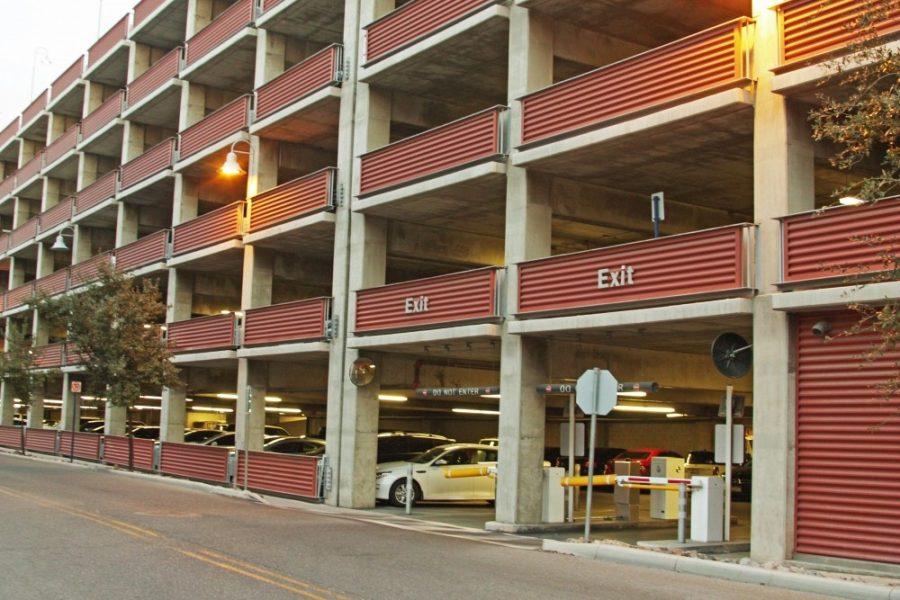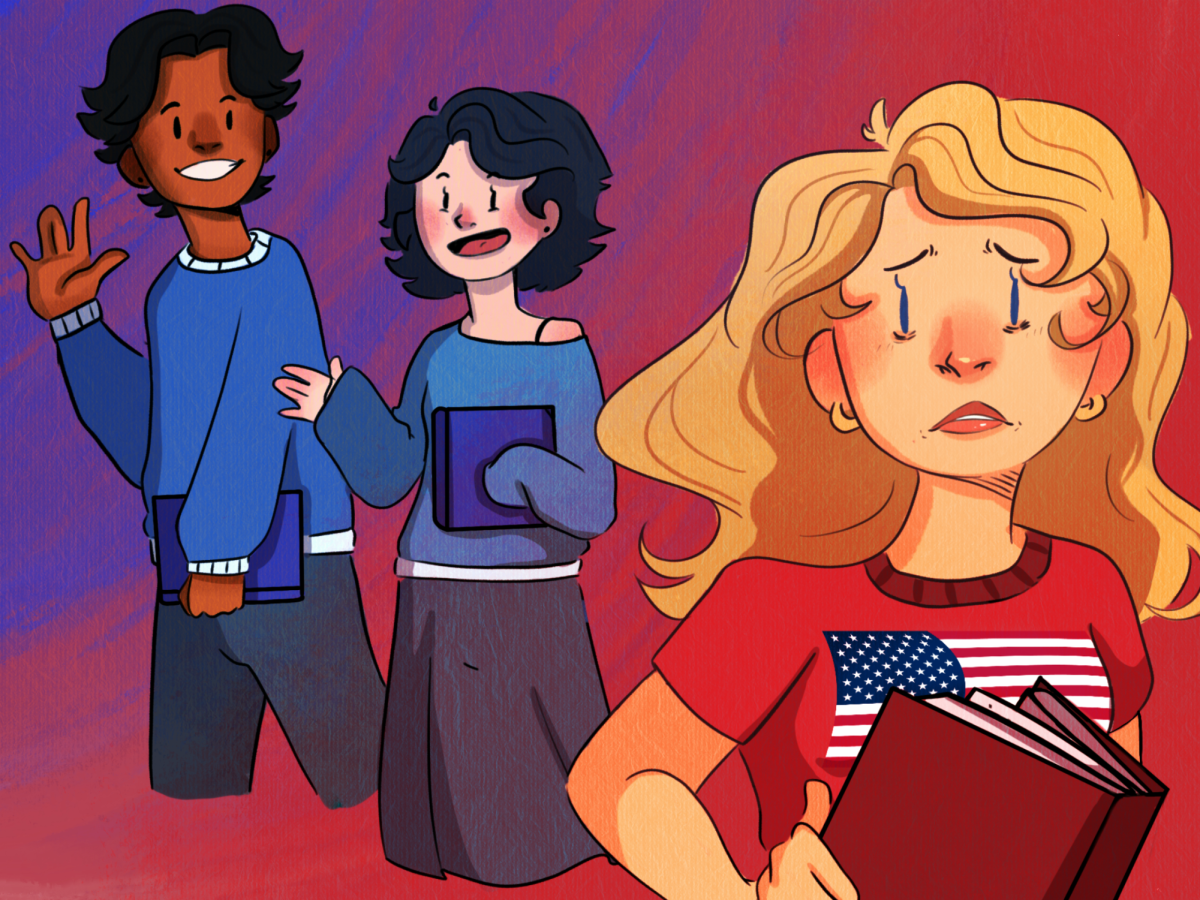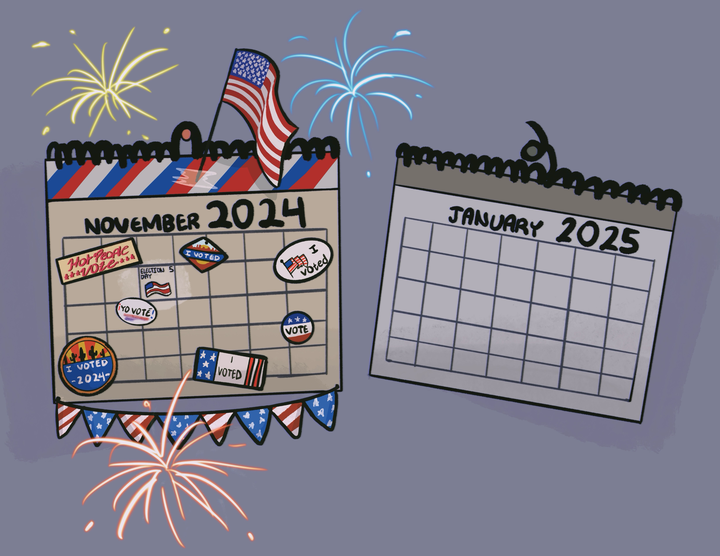Parking on campus is a consistently miserable experience. If I didn’t know any better, I would be certain the university was hell-bent on discouraging its students and employees from driving to campus.
Aside from the astronomical costs for a year-round parking permit, everything from constant construction to an irritating number of reserved spaces creates an environment that feels intentionally hostile to motorists. While these issues don’t all originate from the same source, the ultimate conclusion is clear: parking at the UA leaves much to be desired.
My commute to work takes me about 30 minutes every morning. Fifteen minutes in my car, fifteen minutes to walk, despite there being a parking lot quite literally a stone’s throw from my office. Why is this? The combination of UA and city parking regulations have left me without much of a choice. I can’t afford to pay out of pocket for my building’s lot or the nearest garage, and the closest street parking is all for city pass-holders.
Practically my only option, given that I live nowhere near a public transit stop, is to park several blocks away in a residential neighborhood and walk.
At this point you might have written me off as another entitled millennial, concerned only with my own comfort when my energies might be better applied to a less frivolous cause. Allow me to convince you otherwise.

RELATED: 21,947 reasons not to park illegally
If this issue affected me exclusively, I would have no reason to write this.
Not a single employee in my office building uses our building’s adjacent parking lot, and the same goes for the majority of employees in our department. In fact, based on the conversations I’ve had, one would be hard pressed to find a department where parking is not a daily nuisance.
The lots south of Sixth Street Garage, a convenient option for students with a tight budget, quickly became much less convenient due to recent construction projects — ironically paid for through parking fees collected from students and employees.
These projects have forced the temporary closure of all lots south of the Sixth Street Garage east of Warren Avenue, depriving those pass holders of nearly one quarter of their previously allotted space.
Not to mention, the university has been known to oversell passes in these lots under the assumption that not every spot will be in use at the same time, which only served to compound the congestion.
In order to park in the Cherry Avenue lot during athletic events, drivers must purchase specific parking passes separate from the standard pass. While this policy is reasonable in theory, it’s had some unintended consequences.
Given that men’s basketball games can begin as early as 1:30 p.m., students already parked and in class when the game starts are told to move their vehicles in order to make room for those who have paid for these spots.
Those in this situation are faced with a choice; stop what you’re doing and move your car or stay and get a ticket. Regardless of what choice is made, the student winds up in the losing end.
For most, available parking is a necessity. Arizona is notorious for being ill fit for public transportation, given the layout and existing infrastructure of our major cities.
According to a needs assessment study conducted in 2008, a significant percentage of UA employees and students living off campus drive a personal vehicle to campus on a regular basis; 48 percent for students and 69 percent for employees.
As these numbers continue to go up, demand for parking will almost certainly outpace the university’s ability to construct new lots and parking structures. As a result, both students and employees will wind up paying more for an ever diminishing number of available spaces.
Data and statistics aside, there is a personal argument for why parking ought to be more accessible, especially to employees. In the summer, and even in the fall and spring, extreme heat is a potential health hazard for some forced to park nearly a half mile away. Cars parked in direct sunlight are prone to becoming hot over the course of a work day, an issue that can only be minimally avoided with windshield shades and air conditioning.
This sort of heat exposure can cause paint to peel and interior damage, as well as evaporating important engine fluids, given enough time.
There is irony in being required to pay those from whom you collect a paycheck, especially for something that is just shy of necessary in order to collect said paycheck. In my own view, and the view of many I have spoken to about this issue, this irony demonstrates a lack of value for the people the university employs.
I’ve heard on more than one occasion prospective employees considering not taking a position at the university for this very reason, and undoubtedly countless others have followed through on this inclination.
If the UA is interested in attracting potentially valuable employees, as well as retaining the ones they currently have, they will do well to acknowledge this fact.
For the past year or so, a major construction project has been underway across the street from my office. When finished, it will be a brand new medical research center, an extension of the university’s pre-med and medical school. Exciting as this may be for the college of medicine, a building needs employees, and employees need parking. Given that there appears to be no new parking lots or structures being built to accommodate the influx of students and faculty, I can only imagine what will happen to the availability, and the cost of parking.
If you have experienced any issues with parking, we invite you to send an email to opinion@dailywildcat.com.









